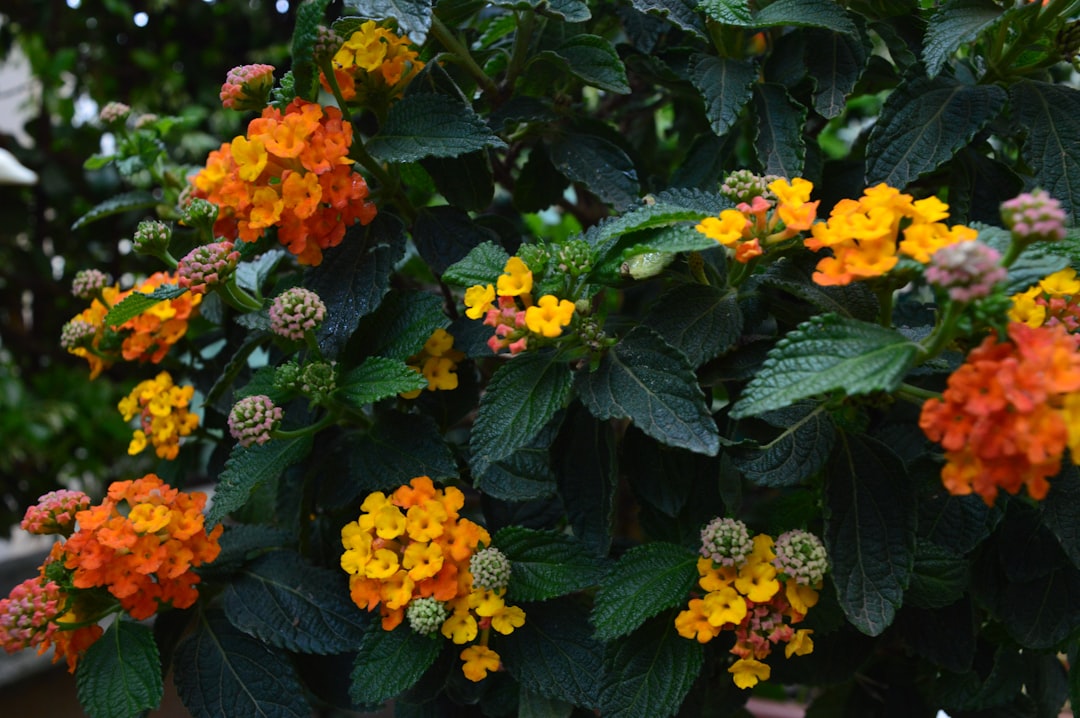Crafting the Ideal Vining Plant Haven in Your Garden

In the world of garden design, creating a space that not only looks beautiful but also provides a nurturing environment for plants is a true art. One aspect that often adds a touch of elegance and vertical interest to a garden is the incorporation of vining plants. However, for these vining plants to thrive and reach their full potential, they need something to grow onto. In this article, we'll explore an easy - to - make climbing frame that can transform your garden into a lush, green paradise.
The materials required for this project are readily available and budget - friendly. You'll need flexible willow branches, a few pots, and some gravel. Willow branches are an excellent choice for this climbing frame. They are not only flexible, which allows you to shape them into various forms, but they also have a natural aesthetic that blends well with the garden environment. The flexibility of the willow branches means you can create arches, trellises, or even more complex geometric shapes according to your garden's style and the space available.
Let's start with gathering the willow branches. You can either harvest them from a nearby area if you have access to willow trees, or purchase them from a local nursery or garden center. When selecting the branches, look for ones that are long and relatively straight, with a good amount of flexibility. The length of the branches will depend on the size of the climbing frame you want to create. For a small - scale frame for a patio or balcony, branches around 6 - 8 feet long might be sufficient. For a larger garden installation, you may need branches up to 10 - 12 feet long.
Once you have your willow branches, it's time to prepare the pots. The pots will serve as the base for the climbing frame. Choose pots that are large enough and heavy enough to provide stability. Fill the pots with gravel. Gravel is a great choice because it adds weight to the pots, preventing them from tipping over as the vining plants grow and put more pressure on the frame. It also allows for good drainage, which is essential for the health of the plants in the pots.
Now, it's time to assemble the climbing frame. Take two willow branches and cross them over each other at the top to form an arch. Insert the ends of the branches into the gravel - filled pots. Make sure the branches are firmly planted in the pots to ensure stability. You can add more branches to create additional arches or to connect the existing ones. Weave the branches together at the intersections to strengthen the structure. This weaving technique not only makes the frame more stable but also gives it a more finished and professional look.
After the climbing frame is assembled, it's time to choose the vining plants. There are many different types of vining plants to choose from, depending on your climate, personal preferences, and the amount of sunlight your garden receives. Some popular choices include clematis, which produces beautiful, large flowers in a variety of colors; ivy, which is known for its lush, green foliage and ability to cover large areas quickly; and morning glories, which have colorful, trumpet - shaped flowers that open in the morning. When planting the vining plants, place them near the base of the climbing frame. As the plants grow, gently guide the tendrils onto the frame. You can use soft ties or twine to help secure the plants to the frame in the beginning, but as they grow, they will naturally attach themselves to the willow branches.
Maintaining the climbing frame and the vining plants is relatively easy. Regularly check the stability of the frame, especially after strong winds or heavy rain. If any of the branches become loose, re - insert them into the pots or re - weave them at the intersections. Water the vining plants according to their specific needs. Most vining plants prefer well - drained soil and regular watering, but be careful not to over - water. Prune the plants as needed to control their growth and shape. This will not only keep the plants looking tidy but also encourage more vigorous growth and better flowering.
In conclusion, creating an easy climbing frame for your vining plants is a rewarding project that can enhance the beauty and functionality of your garden. With just a few simple materials like flexible willow branches, pots, and gravel, you can build a structure that provides a support system for your vining plants and adds a unique and charming element to your outdoor space. Whether you have a small urban garden or a large rural estate, this climbing frame can be customized to fit your needs and style. So, roll up your sleeves and start creating your own vining plant haven today!